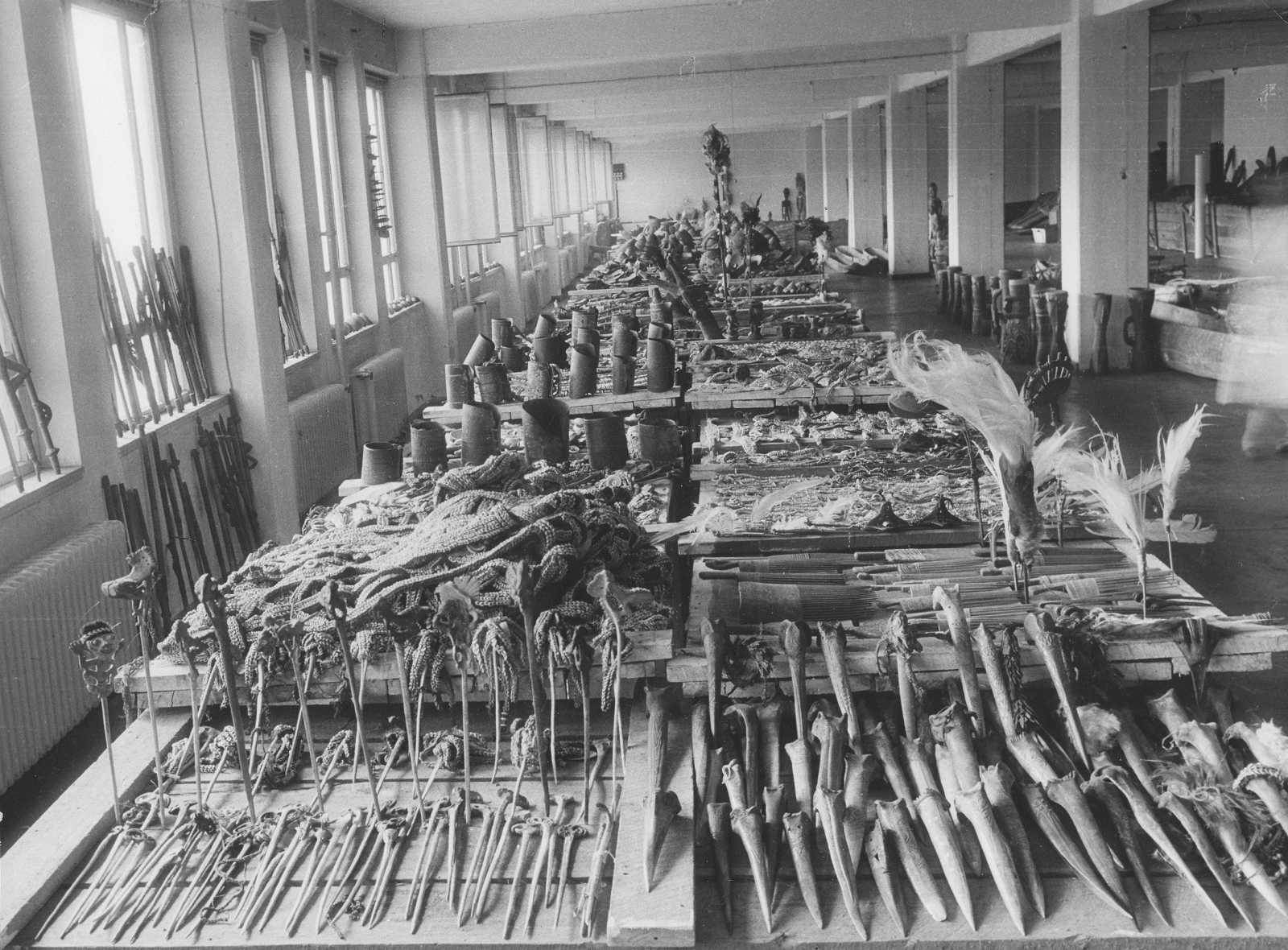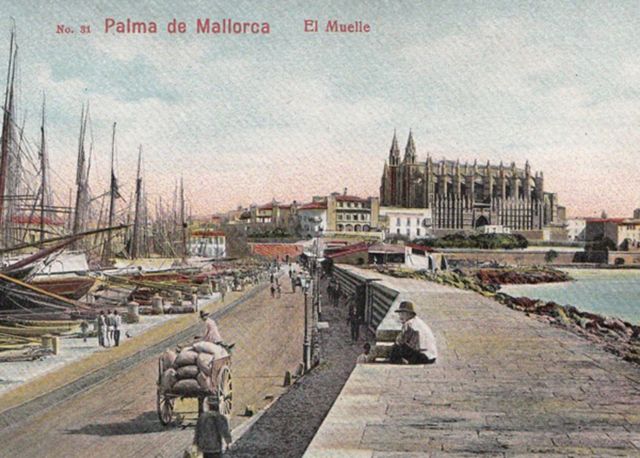Art, Space and Mobility in the Early Ages of Globalization:
The Mediterranean, Central Asia and the Indian Subcontinent 400–1650
Hannah Baader, Avinoam Shalem and Gerhard Wolf
Running time: 2009 – 2016

The project Art, Space and Mobility in the Early Ages of Globalization has been running since 2009 and was supported over the last five years by the Getty Foundation. It critically participated in the debate on global art history, insisting on the necessity of combining new thematic and methodological horizons with a rethinking and reshaping of research infrastructures. It has offered a space for dialogue between various disciplinary and academic cultures, primarily involving young scholars from all over the world. The terms "art, space and mobility" have been selected as operative categories to delineate an open field for new questions and approaches regarding artifacts, sites and historical interactions in a dialogue with Islamic, Asian, Byzantine and "Western" art histories. The concept of "art" has been adopted in non-essentialist and non-hierarchical terms, including what are traditionally called applied arts and the aesthetics of visual and material culture in general. Art, Space and Mobility was designed for the study of a geopolitical area with a complex history of contact, conflict and connectivity reaching from the Mediterranean to the Indian Subcontinent – an area that experienced long periods and changing modes of large-scale interactions, but also times of closure and exclusion. In chronological terms, Art, Space and Mobility concentrates on the pre-modern period, studying the interplay of spatial orders, communication systems and the dynamics of mobility (if not the no-less important resistance to mobility), from macro to micro perspectives. Its timespan extends to the establishment of the Ottoman, Safavid and Mughal empires as well as the first century of colonization and the expansion of Portugal and Spain into Asia, with the transformations of earlier structures and new forms of transcultural dialogues and the globalization of images. Under these premises, Art, Space and Mobility has not primarily or exclusively been concerned with artistic exchange and the trade of goods or artifacts between Asia and Europe; it rather developed a site-specific focus, being strongly interested in architecture, the cultures of cities or territories and the formation of artistic idioms in these "contexts". A particular focus has been placed on the "inter-zones" and regions with overlapping political orders, the coexistence of various religions or multiethnic populations, and the strong interaction of artistic languages, as, for example, in East Anatolia.
The project has been structured conceptually according to six thematic axes:
- The (Trans)formation of Topographies
- Power and Religion: Shared Spaces and Spatial Orders
- Historical Borderlines between Nature and Culture
- Visual / Material Culture and Systems of Knowledge
- Transforming Artistic Languages – Making, Remaking and Exchanging: Art and its Techniques
- Historiographies and Narratives
With its aim to create a synergy between the research questions and the design of the project, of its research group as well as of its activities, collapsing boundaries in art history or between art histories, the project has also suggested new forms of collaboration and conversation between curators, university scholars, students and those involved in cultural heritage management. Art, Space and Mobility included discussion of actual cultural and political conditions and events – one need only consider the formation of nation-states out of the former republics of the Soviet Union, with the claims of cultural heritage; practices of restoration, and rebuilding; or the ongoing transformations in the Maghreb, the former Yugoslavia, and the so-called Near East or Western Asia. The structurally de-centered nature of the Art, Space and Mobility project, with its trans-disciplinary and multi-perspectival approach, allowed for the formulation of counter-narratives and opened new horizons for writing art history. Art, Space and Mobility involved a large community of scholars (250) and had a strong impact on discussions on globalization in art history.
In winter 2012, Art, Space and Mobility entered a new phase, reducing its fellowship program and its activities. A travelling seminar was organized in November 2012 in Croatia and Bosnia-Herzegovina under the title Culture and History of Southeastern Europe: Dubrovnik and Bosnia and Herzegovina. The region east of the Adria is known for its particular religious, linguistic, artistic and cultural diversity. Bosnia-Herzegovina’s cultural heritage in particular is formed by layers of Byzantine, Islamic, Ottoman and Central European (Austro-Hungarian) traditions. The main aim of the seminar, which involved fellows of Art, Space and Mobility, the Kunsthistorisches Institut in Florenz as well as colleagues and students from the region, was to critically analyze the role of the Balkans in the formation and conceptualization of the Ottoman Empire and European cultures on the one hand and, on the other hand, to study and understand the important but also problematic role of the concept of "cultural identity", as it was strongly used during and after the last war in this region, with many fundamental, still lasting consequences.
Since then, three workshops have been held, two in Florence and one in Sarajevo. The first in May 2013 (organized by Avinoam Shalem) discussed in the presence of the author, Tamim Ansary, the book Destiny Disrupted, an attempt to write the history of the world from an Islamic perspective for a wider public. The second Remediating ethnographica: How to make collections into the basis for new artistic research and production was organized by Hannah Baader and held in June 2013 with Clémentine Deliss (Frankfurt), Luke Willis Thompson (Nigeria/Netherlands) and Otobong Nkanga (Fiji/New Zealand). It was dedicated to the history, role and future of ethnographic collections and museums and included visits to the Ethnographic Museum in Florence. The third workshop Moving sites: questions of site specificity in current curatorial practice (organized by Gerhard Wolf) was a two-day discussion with Cuauhtémoc Medina in January 2014 at the Academy of Fine Arts in Sarajevo. It involved students and colleagues of the arts and art history from the Academy and the University of Sarajevo and from the Kunsthistorisches Institut in Florenz.







